A Conversation with Ryohei Suzuki from the Kyushu factory of Shinmei Co. Ltd., the largest rice wholesaler in Japan.
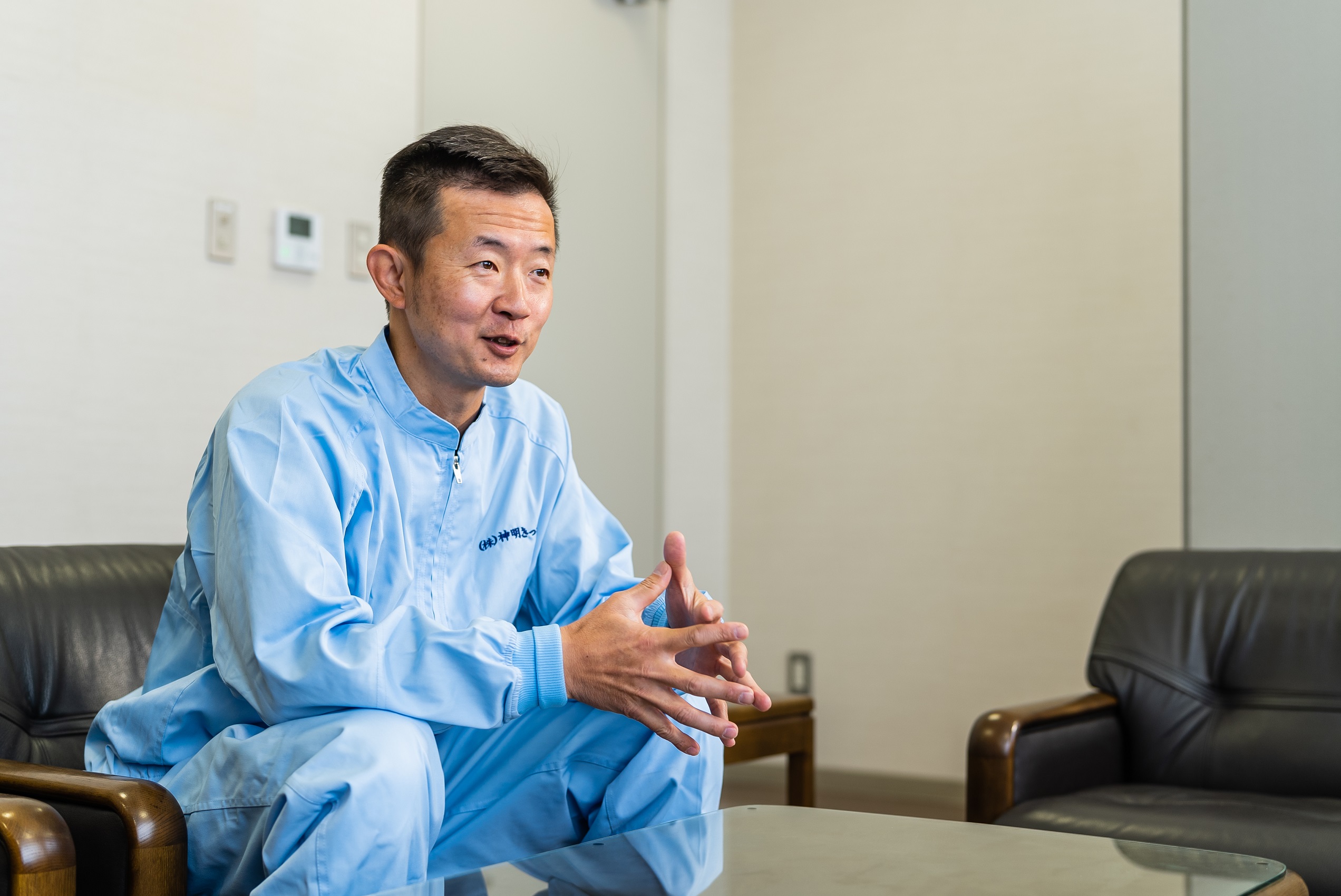
Shinmei is a leading company in the rice industry. Not only do they sell their own brand of rice, but they also distribute rice products to convenience stores and restaurant chains and propose new ways to enjoy rice. They’ve been in the business for over 120 years, with factories nationwide. Their original product, “drinkable rice bran,” developed in-house, utilizes NHP’s hydrolysis technology.
Shinmei Co. Ltd. Kyushu Factory
Tosu, Saga Prefecture
Kumazawa: Why did your company, which, by the way, is Japan’s largest rice milling company, become interested in our hydrolysis technology?
Mr. Suzuki: Shinmei is a rice milling company, and when rice is milled, about 10% of the outer bran and embryo parts are produced. When this is powdered, you get “nuka,” which can’t be eaten in its raw form but contains various nutrients such as vitamins and minerals. In our search for a way to make good use of this valuable nuka for food consumption, we came across NHP’s technology.
Kumazawa: When you reached out to us, it was a time when we were looking to enhance the value of rice through hydrolysis, so the idea of bran was a breakthrough for us too. In its original form, bran contains a high amount of oil and is difficult to handle due to its rapid oxidation. Therefore, achieving the edible transformation of bran, initially unsuitable for consumption, is a significant accomplishment. How did our technology accomplish this?
Mr. Suzuki: To be honest, bran is not delicious in its original form. Our primary goal was to enhance its taste. Additionally, concerns about bacterial contamination made it difficult to commercialize it as a food product. However, considering the various nutrients present in bran, it felt wasteful to discard it entirely. While exploring ways to make it edible, we discovered that your hydrolysis technology could effectively achieve sterilization, enhance the taste, and increase viscosity. As we conducted experiments and tasted the hydrolyzed bran, we found that it had a pleasant sweetness, was suitable for consumption, and dissolved well in water. This inspired us to develop our “Drinkable Rice Brand.” The product is exactly what the name suggests.
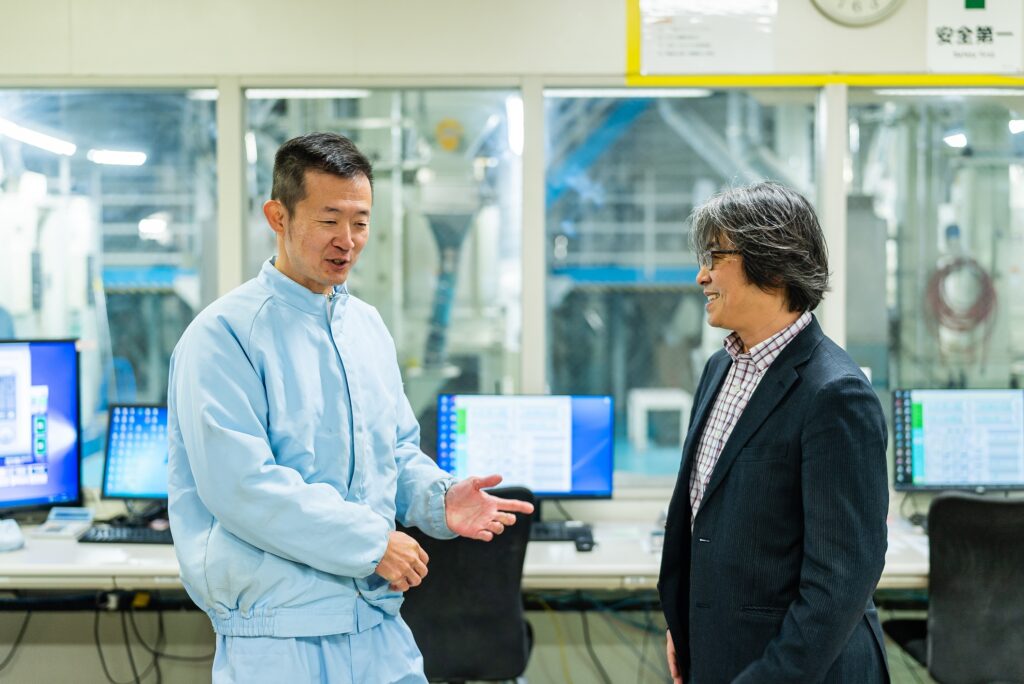
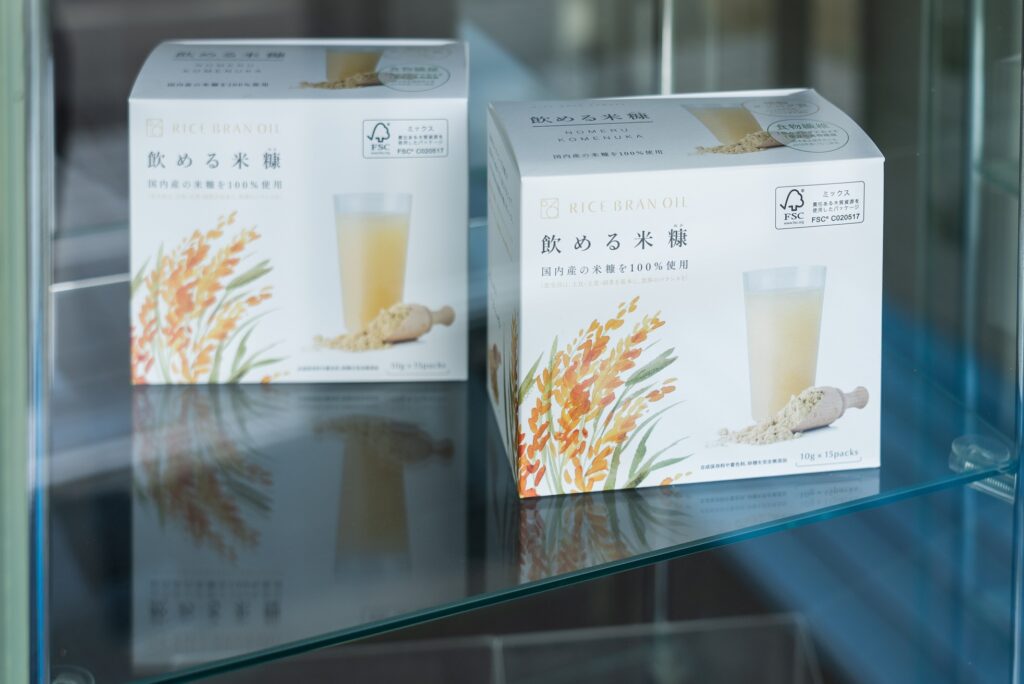
Kumazawa: I see. When NHP’s technology is used for hydrolysis, even insoluble materials become water-soluble and easier to dissolve. We have people at our company who enjoy your “Drinkable Rice Bran,” and we’ve heard that it’s beneficial for maintaining regular bowel movements and improving skin condition. “Rice bran” is a familiar ingredient for many Japanese people, but what kind of demographic makes up the majority of your customer base?
Mr. Suzuki: It’s primarily young women. During the product development stage, we also conducted research among our company’s stakeholders. We found that women, in particular, seem to have difficulties with regular bowel movements; some regularly take magnesium supplements. When we examined the properties of this product, we discovered that it contains various minerals and vitamins, including magnesium. When people tried the samples, quite a number of them expressed that they preferred this to the remedies they were using before, and many of them switched to using “Drinkable Rice Bran” as well.
Kumazawa: That’s fascinating. Moving on, Shinmei is the largest rice wholesaler in Japan. Out of its many factories, the Kyushu Factory located in Tosu, also the factory NHP collaborated with, is a crucial facility that mills rice gathered from various regions and ships it to multiple locations in Kyushu. Therefore, it’s no surprise that many byproducts will be generated. Following the successful utilization of rice bran in this collaboration, do you have any plans or ideas for future projects with NHP regarding creating new products or utilizing other byproducts?
Mr. Suzuki: At our company, we handle agricultural products other than rice, and many of these products have outer skins or inedible parts that are generated in large quantities. We see the potential in NHP’s technology to make them edible and repurpose them into various materials for industrial products. For example, we are considering the possibility of finely grinding and repurposing rice straws, leaves, and husks, which are parts of the rice plant.

Kumazawa: Those are all great ideas. Our company also embraces the concept of making full use of everything, from agricultural products to everything available on our planet. For example, in the future, we’re looking to find ways to use non-edible parts of vegetables effectively. We want to explore novel ways to utilize what is typically discarded and maximize its potential.
Mr. Suzuki: Exactly. From an SDG perspective, NHP’s technology is so interesting to me its ability to hydrolyze molecular bonds. I’m getting into complicated territory here, but drawing a clear line between artificial and natural substances can be challenging. Even plastic products ultimately originate from the Earth. If I had to define natural and synthetic substances, a key point is whether they “return to the soil and back to the Earth.” The hydrolysis facilities have the potential to fulfill that criterion. The addition of enzymes to accelerate fermentation is like a time machine, and it brings excitement and the possibility of experiencing something together.
Kumazawa: Thank you for those words. I have one more question for today. I’m curious about what sort of relationships were built during the implementation of NHP’s technology. NHP’s equipment not only involves installation but also entails the exchange of personnel through technical support provided by your company or visits to NHP. This fosters a connection between individuals. It has led to an exchange of ideas and collaboration in manufacturing between Saga Prefecture and Niigata Prefecture, which would not have easily happened otherwise. We consider this as part of NHP’s societal role. In addition, we had the opportunity to enjoy shared meals and explore and savor the delicious local cuisine together.
Mr. Suzuki: You hit that right on the nail. Building relationships beyond work-related interactions, such as having meals, can help people become closer. Many of our employees were initially quiet and reserved, but they have changed quite a bit through our technical exchanges with your company. They used to create “things primarily,” but now they have a stronger sense of actually “creating” something themselves.
Kumazawa: That’s wonderful. I hope that from now on, especially the younger generation, will deeply understand both Saga and Niigata. Hopefully, this will inspire a greater sense of motivation and fulfillment in their work.
Mr. Suzuki: Each region has its unique culture and personality. I don’t think a lot of young people have had the chance to travel between Saga and Niigata, so I think the interactions between NHP and Shinmei created a space for them to learn about the local cuisine and the character of the people from each region. I hope to continue fostering deep exchanges between our regions in the future.
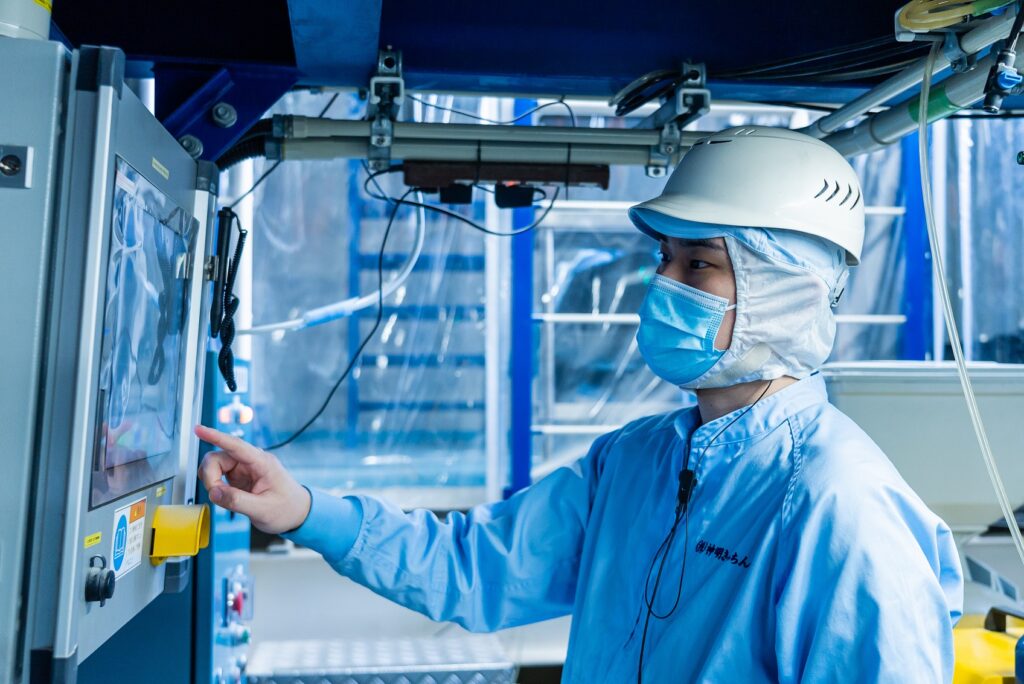

Kumazawa: I hope we continue to do that as well. Thank you for your time today.
(Interviewer:Kumazawa,NHP)
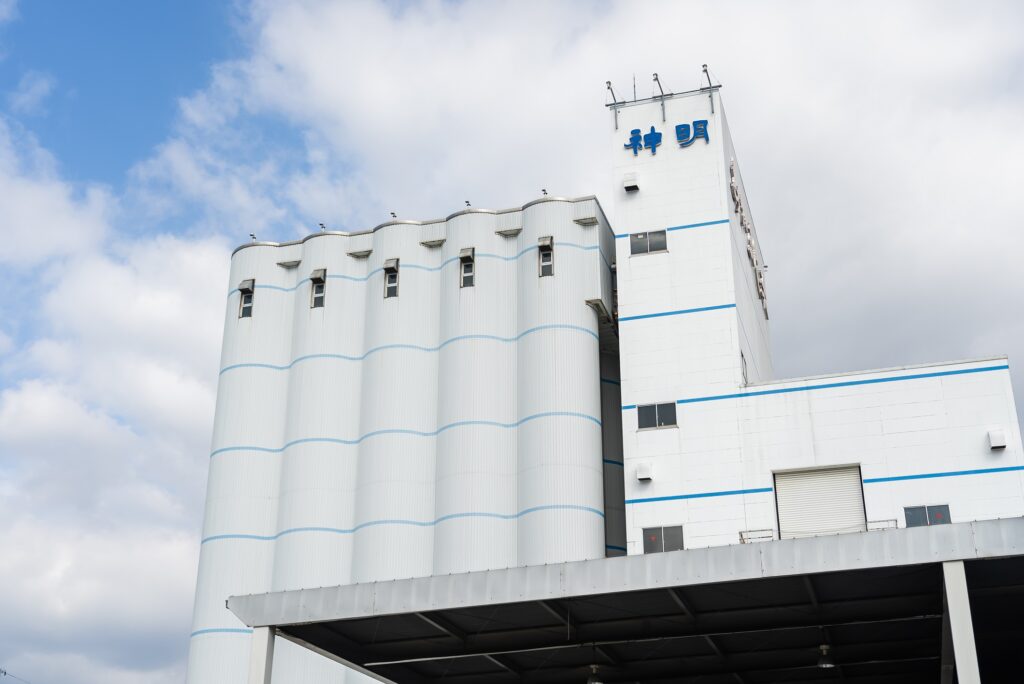
Shinmei Co. Ltd. Kyushu Factory
6-8 Wakazakura,Fujinoki-machi,Tosu-shi,Saga
JAPAN 841-0048
